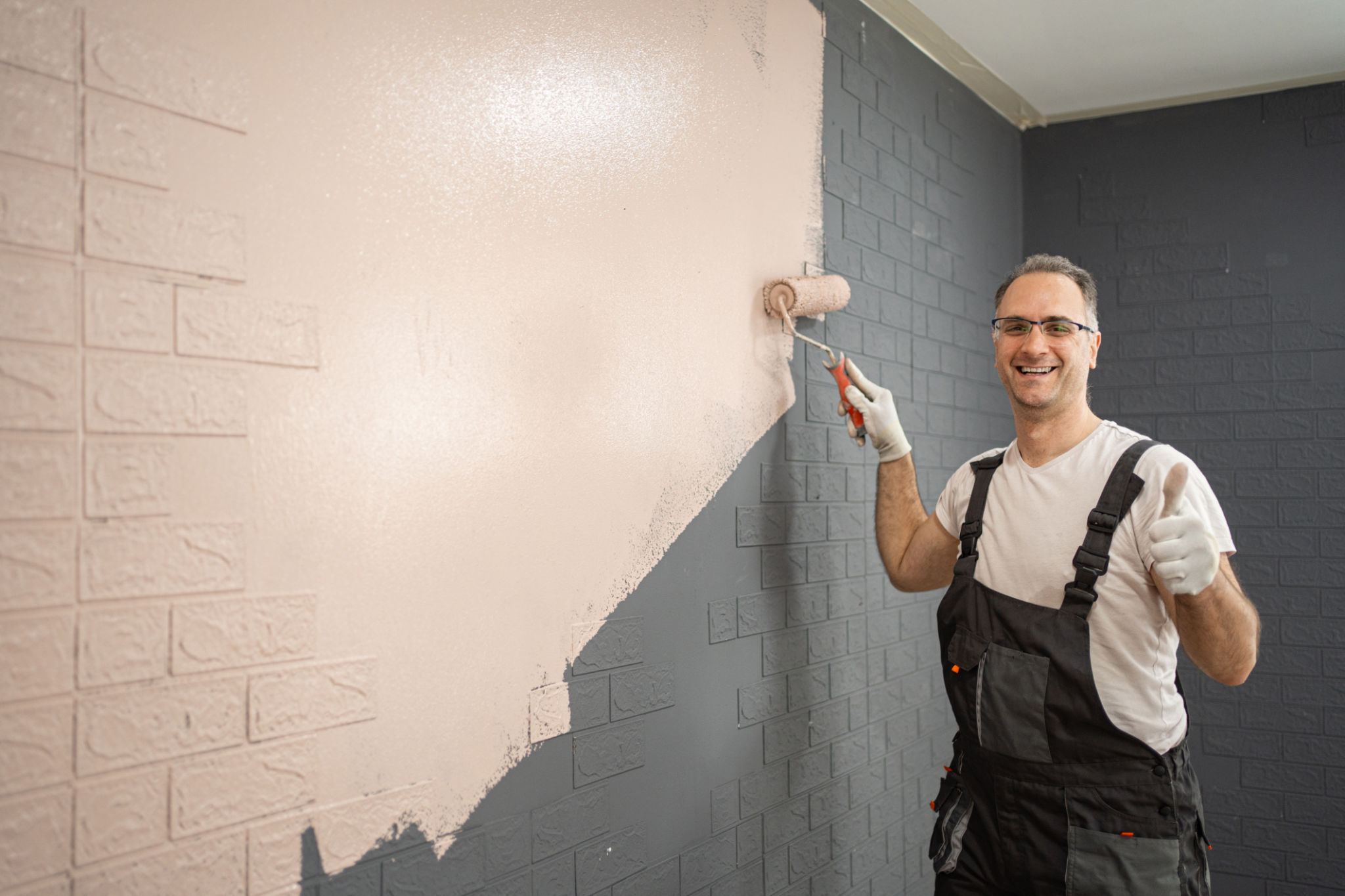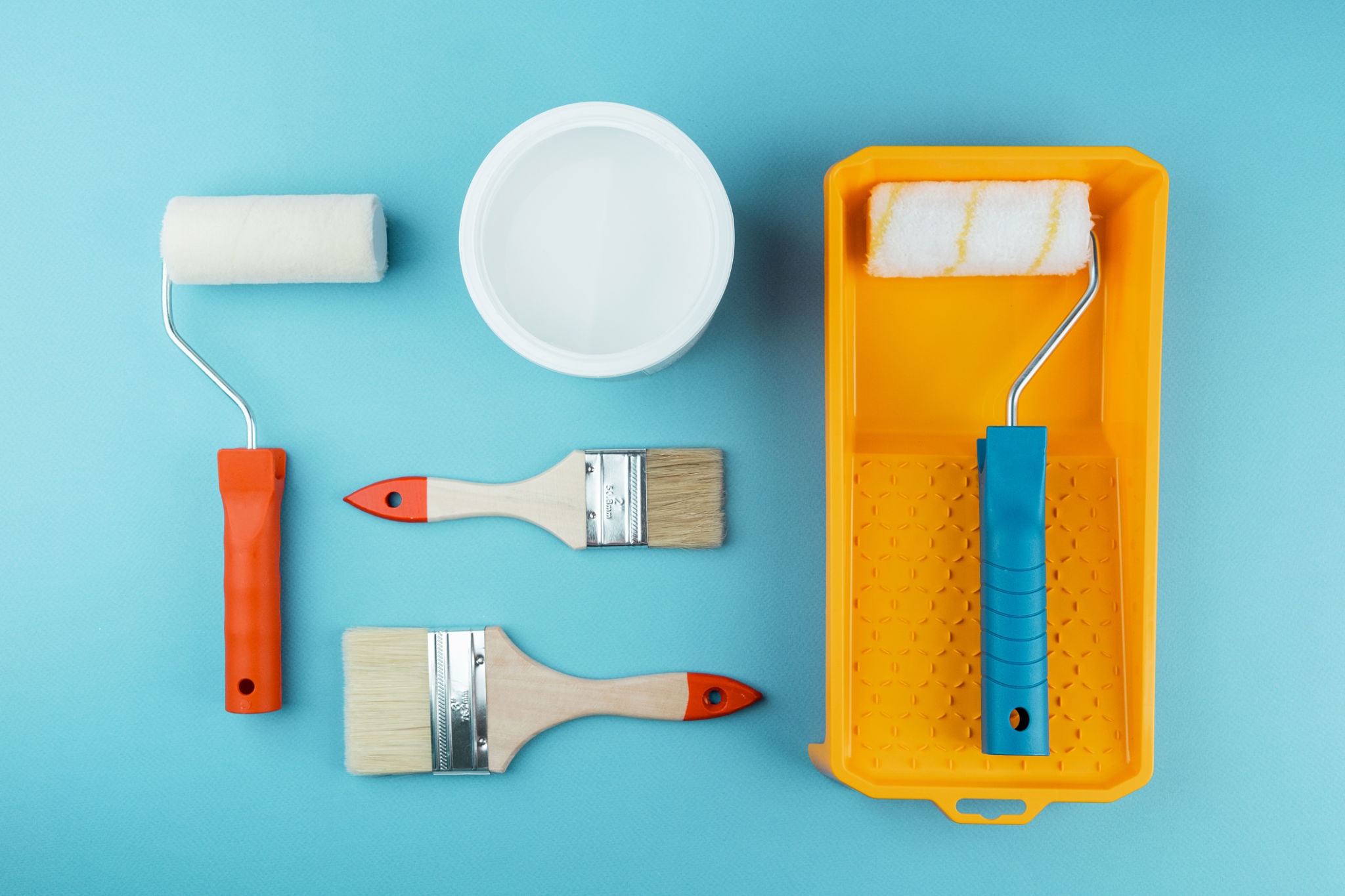DIY vs. Professional Painting: What You Need to Know
Understanding the Differences
When it comes to painting your home, you may find yourself at a crossroads deciding between a DIY approach or hiring a professional. Both options have their advantages and challenges, and understanding these differences can help you make the best choice for your project.
DIY painting often appeals to homeowners because of potential cost savings and the satisfaction of completing a project on their own. However, professional painting services offer expertise, efficiency, and a polished finish that can be difficult to achieve solo.

Cost Considerations
The most significant factor influencing the decision between DIY and professional painting is usually cost. DIY projects are typically cheaper because you only need to purchase paint and supplies. However, costs can quickly add up if you don't have the necessary tools or make mistakes that require correction.
Professional painters may seem more expensive initially, but they bring their own equipment, have access to high-quality materials at lower costs, and are less likely to make errors that need costly fixes. Moreover, their experience ensures that the paint job lasts longer, potentially saving you money in the long run.
Time and Effort
Another critical factor is the time and effort involved in painting. DIY painting requires dedicating a significant amount of personal time, especially if you're inexperienced. Preparing the surfaces, applying multiple coats, and ensuring even coverage can be more time-consuming than anticipated.

On the other hand, professionals work efficiently due to their expertise and experience. They can complete projects in a fraction of the time it would take an amateur, allowing you to enjoy your newly painted space sooner without sacrificing your evenings or weekends.
Quality and Finish
The quality of the finish is where professional painters truly shine. Their skills ensure smooth, even coats without streaks or missed spots. Professionals also know how to handle tricky areas such as corners, trims, and ceilings with precision.
While DIY enthusiasts can achieve satisfactory results with patience and practice, achieving the same level of quality as a seasoned professional can be challenging. The difference becomes particularly noticeable in larger or more complex projects.
Safety and Health
Safety is another aspect to consider. Painting might seem harmless, but it involves exposure to fumes and chemicals that can be hazardous without proper precautions. Professionals are trained to handle these substances safely, using protective gear and ventilation techniques.

If you choose the DIY route, it's crucial to educate yourself about safety measures and invest in protective equipment like masks and goggles. Also, ensure adequate ventilation in the area you're painting to minimize health risks.
Making the Decision
Ultimately, the decision between DIY and professional painting depends on your priorities, budget, and the scope of your project. For smaller rooms or if you're on a tight budget, DIY might be the way to go. But for larger spaces or if you're after a flawless finish, hiring a professional could be worth the extra investment.
Consider making a list of pros and cons for each option as they relate to your specific situation. This can help clarify which approach aligns best with your needs and expectations.